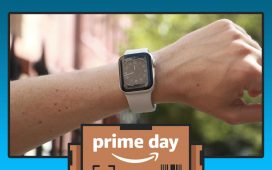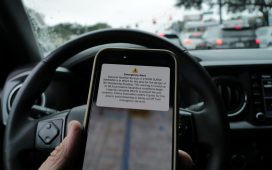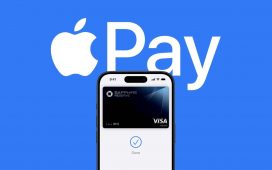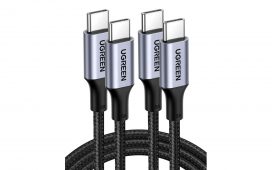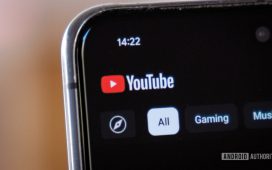Apple Pay is more than convenient, private, and secure—it’s accessible too.
My friend Chance Miller reported this week for 9to5 Mac that Home Depot is ending its laggardness by finally beginning to roll out support for Apple Pay in its stores. According to Miller, the home improvement retailer has yet to publicly comment on the change in policy; indeed, he notes Home Depot has decided on a “very gradual rollout” over the summer at a select number of physical locations. The effort, he added, has steadily grown in momentum over the summer. Miller further says that at least one report has cited Home Depot deploying Apple Pay only at its self-checkout terminals, not the conventional checkout lanes.
“Your mileage may vary for the time being, though,” Miller said.
Miller points out Walmart remains “the biggest Apple Pay holdout by a wide margin” with no inclination whatsoever of trying to narrowing the gap. The company instead has focused its energy into building its own proprietary Walmart Pay and Walmart+ services. Walmart, Miller said, has attempted to justify its refusal to support Apple Pay by claiming Walmart Pay is more popular with consumers than Apple Pay. A refutation of such a notion has come via social media, with Miller noting people have taken to places like X to lament the fact that most people are, in Miller’s words, “increasingly fed up” with Walmart for so steadfastly refusing to support Apple Pay. I think it’s maddening.
The sentiment is especially resonant from a disability perspective. I’ve extolled the accessibility virtues of Apple Pay for this column, along at other outlets, numerous times since the service debuted a decade ago. The Cliff’s Notes version is Apple Pay is more than convenient; for a disabled person like myself, paying with cash and/or a physical credit cards, while perfectly fine, can be burdensome in many respects. There is a lot of cognitive/motor/visual skills required to take out one’s wallet, find the right card, insert it into the reader, and more. Depending on one’s needs, this user flow can be frustratingly inaccessible. By contrast, using Apple Pay on one’s iPhone (or Apple Watch) requires the device be placed nearest the NFC reader and, in Apple’s vaunted parlance, “it just works.” What’s more, Apple Pay—and, by extension, the Wallet app on iOS and watchOS—has been obviously designed on the software side to play nicely with accessibility features like VoiceOver. All things considered, it isn’t hard to see how Apple Pay can be an exponentially more accessible way to pay for stuff rather than tediously digging through one’s wallet. And lest people forget about the Walmart-backed CurrentC initiative a few years ago, of which my friend John Gruber calls a “dumba** pay-by-QR code” system that, unto itself, was an inaccessible methodology for many folks in the disability community.
As I wrote on social media earlier this morning, a cogent argument could be made that not supporting Apple Pay—whether Walmart or any other retailer—is in fact exclusionary of disabled people because it restricts access to accessible forms of payment. For Walmart and others, the choice to eschew Apple Pay is based on vested interest in their own services. In some sense, that’s acceptable—the problem is, it isn’t reflective of what consumers actually want and, more pointedly here, unknowingly leaves out a bunch of prospective customers called disabled people. Digital wallets are becoming increasingly popular; it’d behoove the Walmarts of the world to adopt the easiest, most inclusive digital payment platform because—surprise!—doing so would ultimately benefit the bean counters who so fastidiously watch the blessed bottom line.
As Apple Pay’s creator, it isn’t insignificant that Apple so thoughtfully designed the service that it entrenched itself as a de-facto accessibility feature. Industry watchers like to bemoan Apple’s so-called “walled garden” of an ecosystem by arguing it locks people in, but that glosses over the idea that a considerable number of people choose to be locked in on their own volition. It’s entirely plausible to want to go all-in on Apple products precisely because of things like Apple Pay and the discrete suite of accessibility features. And that doesn’t take into account new functionality like Tap to Cash and, new to iOS 18, Tap to Provision.
Moreover, it’s important to note too that Apple Pay being so performant in in actuality a sign of Apple’s innovation chops remaining eminently viable. Accessibility is innovation despite what tech journalists and tech YouTubers tell you. Thus, that I’ve devoted a few more hundred words in this piece to once again extol Apple Pay’s virtues is to illustrate that Apple Pay is not merely a service—it’s a conduit through which disabled people can accessibly influence the economy. Disabled people shop too.


